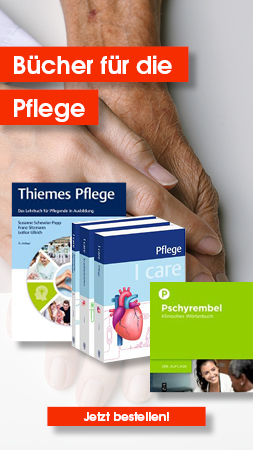Buch, Englisch, 245 Seiten, Format (B × H): 183 mm x 260 mm, Gewicht: 743 g
ISBN: 978-3-030-37475-4
Verlag: Springer International Publishing
Equips readers to diagnose and treat the skin diseases and conditions encountered in refugees and other migrants
Contains a wealth of high-quality illustrative material
Explains the circumstances that give rise to migration and their clinical relevance
Zielgruppe
Professional/practitioner
Autoren/Hrsg.
Fachgebiete
- Medizin | Veterinärmedizin Medizin | Public Health | Pharmazie | Zahnmedizin Medizin, Gesundheitswesen Präventivmedizin, Gesundheitsförderung, Medizinisches Screening
- Medizin | Veterinärmedizin Medizin | Public Health | Pharmazie | Zahnmedizin Klinische und Innere Medizin Dermatologie
- Medizin | Veterinärmedizin Medizin | Public Health | Pharmazie | Zahnmedizin Medizinische Fachgebiete Umweltmedizin, Arbeitsmedizin, Tropenmedizin, Sportmedizin Reisemedizin, Tropenmedizin
- Medizin | Veterinärmedizin Medizin | Public Health | Pharmazie | Zahnmedizin Medizinische Fachgebiete Kinder- & Jugendpsychiatrie
- Medizin | Veterinärmedizin Medizin | Public Health | Pharmazie | Zahnmedizin Pflege Pflegeforschung, Pflegemanagement
- Medizin | Veterinärmedizin Medizin | Public Health | Pharmazie | Zahnmedizin Klinische und Innere Medizin Infektionskrankheiten
Weitere Infos & Material
Chapter 1. What does it mean to be a migrant, asylum seeker or refugee – current global situation.- Chapter 2. Medical, Social and Civic Needs of Displaced Persons.- Chapter 3. Viral Dermatoses.- Chapter 4. Bacterial Dermatoses.- Chapter 5. Non-venereal Treponematoses.- Chapter 6. Fungal Infections.- Chapter 7. Protozoan Dermatoses.- Chapter 8. Helminthic Dermatoses.- Chapter 9. Dermatoses caused by arthropods.- Chapter 10. Eczema and Dermatitis.- Chapter 11. Maculo-papulo-squamous Dermatoses.- Chapter 12. Bullous Diseases.- Chapter 13. Connective Tissue Disorders.- Chapter 14. Urticaria and Drug-induced Eruptions.- Chapter 15. Hair, Nails and Sweat Glands Disorders.- Chapter 16. Benign Cutaneous Neoplasms.- Chapter 17. Malignant Cutaneous Neoplasms.- Chapter 18. Sexually transmitted infections and migration.- Chapter 19. Rare diseases including NTDs and their management.- Chapter 20. Abuse, self-harm, torture signs and PTSD.- Chapter 21. Female Genital Mutilation.- Chapter 22. Right and Agencies (Health).- Chapter 23. Access to Care and Facilities for Care.- Chapter 24. Understanding and Working with Traditional Beliefs, Cultures and Practices (Cupping, Coining, and other Ethno-dermatoses).- Chapter 25. What diseases occur where.- Chapter 26. Essential Medicines for Immediate Care in Refugee Camps.- Chapter 27. How to Recognize Skin Signs of Potentially Life-Threatening or Disabling Diseases (Malnutrition Driven Skin Disorders).






